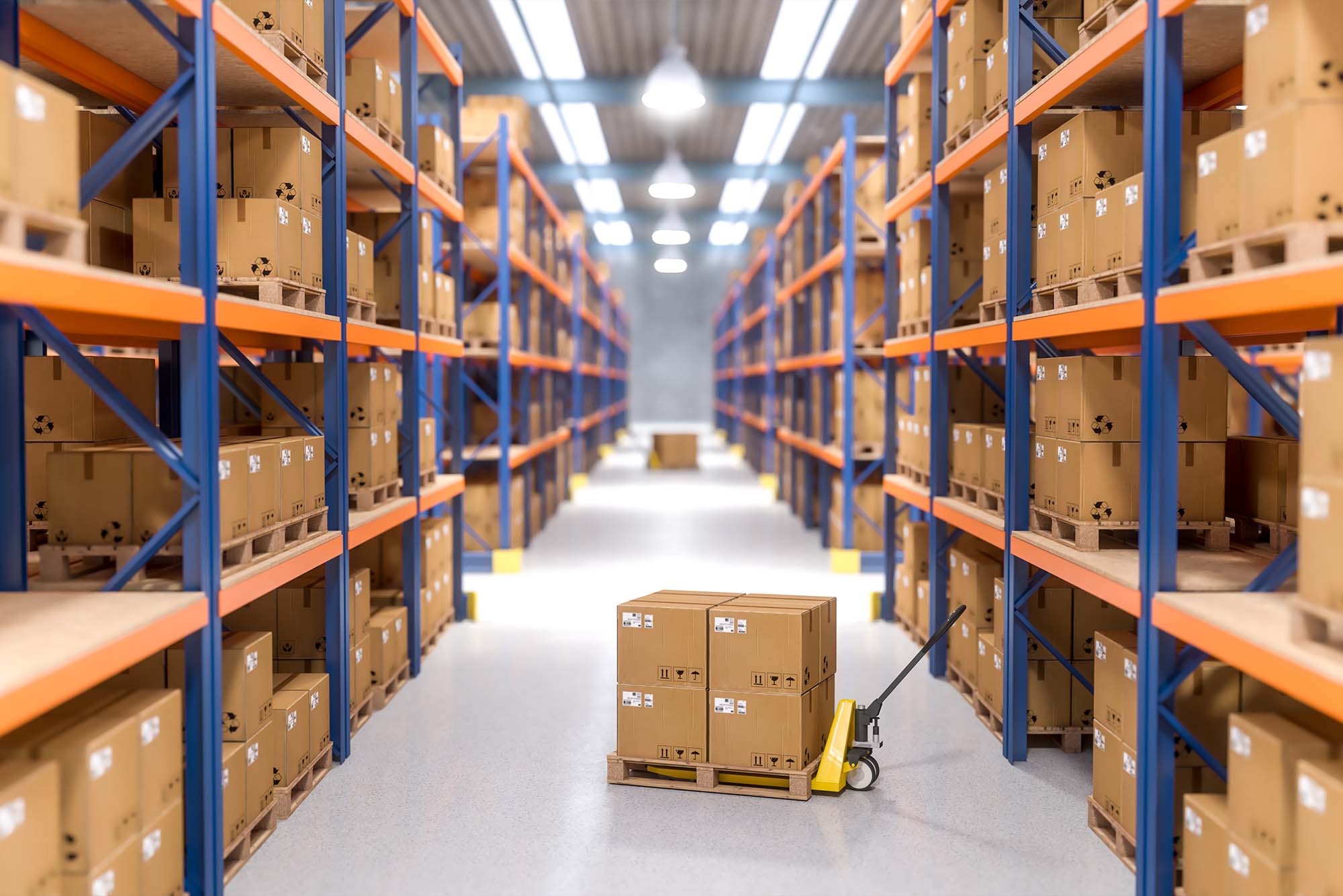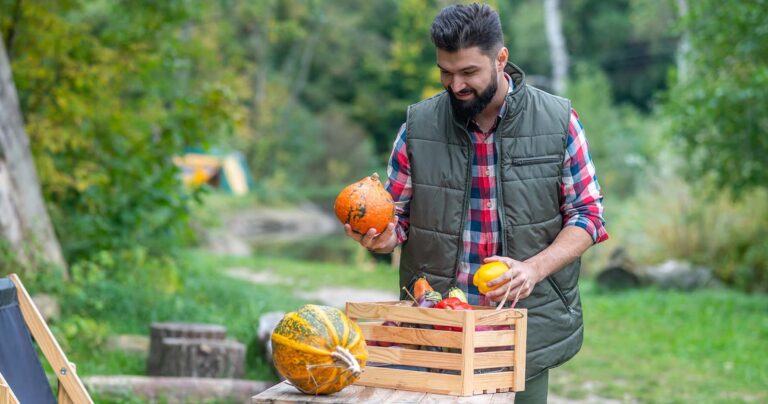In an era where consumers are increasingly conscious of what they consume, the demand for natural and preservative-free food products is on the rise. For producers and manufacturers, extending the shelf life of these products without resorting to harmful artificial additives and preservatives presents both a challenge and an opportunity. This blog explores natural techniques that can help extend the shelf life of food products while maintaining their quality and safety.
1. Optimal Harvesting and Handling
The journey to extended shelf life begins at the farm. Harvesting crops at the optimal time ensures peak freshness and nutrient content. Gentle handling during and after harvest reduces bruising and damage, which can accelerate spoilage. Using clean, sanitized equipment and proper storage containers helps maintain the integrity of the produce.

2. Proper Storage Conditions
Temperature and humidity control are critical in extending the shelf life of perishable items. Cold storage slows down the enzymatic activity and microbial growth that cause spoilage. For example, storing fruits and vegetables at temperatures just above freezing can significantly prolong their freshness. Similarly, dry conditions help prevent mold growth in grains and nuts.
"Great things in business are never done by one person. They're done by a team of people."
– Steve Jobs
3. Modified Atmosphere Packaging (MAP)
Modified Atmosphere Packaging (MAP) is a technique that alters the composition of gases inside the packaging to slow down spoilage. By reducing oxygen levels and increasing carbon dioxide, MAP can extend the shelf life of fresh produce, meat, and dairy products. This method helps maintain quality and freshness without the need for chemical preservatives.


